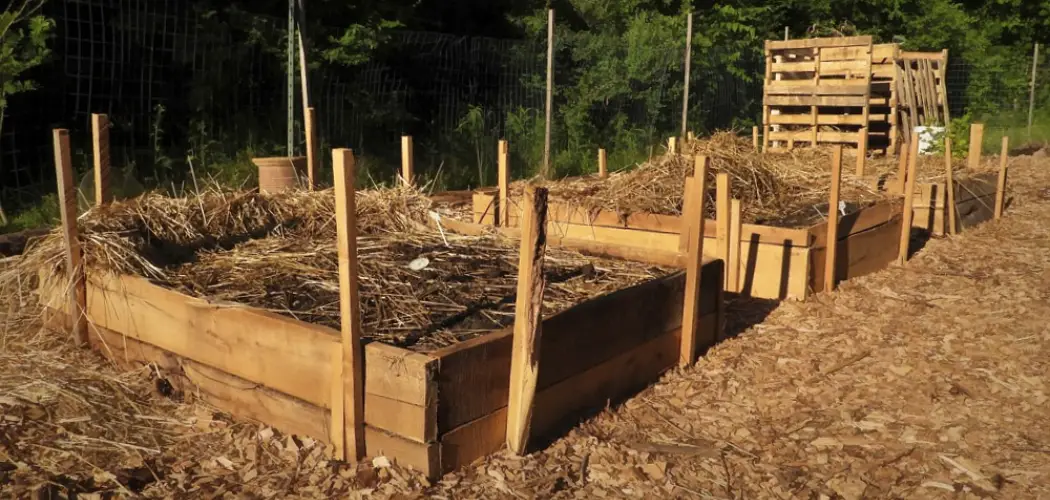You may think that wood chips are a great addition to your compost bin, but you would be wrong. In fact, wood chips can actually do more harm than good if you’re not careful. Here’s what you need to know about how to compost wood chips.
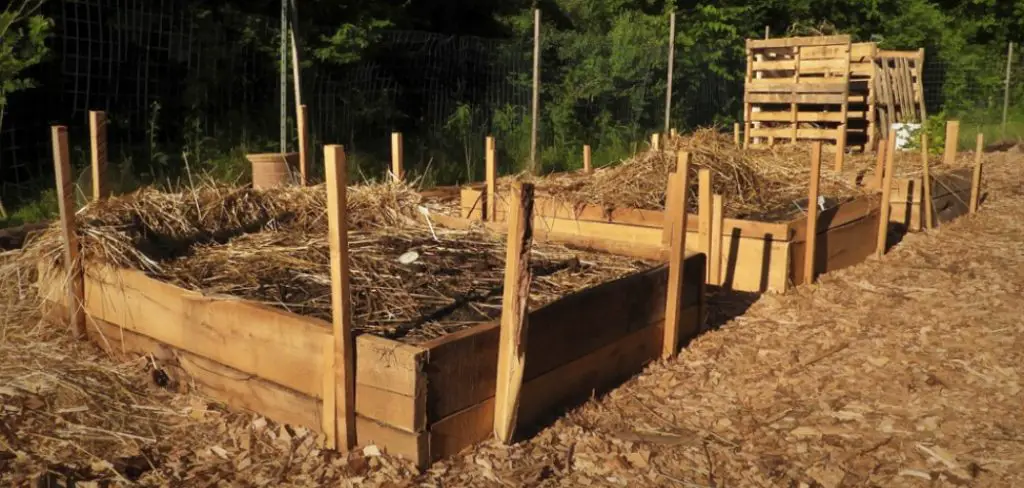
Summary: In order to compost wood chips, it is important to first collect them in a large container. Next, mix the chips with a good composting mixture and spread the mixture over a layer of newspapers. Make sure the chips are covered completely. Let the chips compost for six to eight weeks, turning the pile every few days. When the chips have fully composted, they can be removed from the pile and used in gardens or landscaping.
Why Wood Chips Don’t belong in the Compost Bin
Wood chips can take years to break down, which is far too long for the average compost bin. This is because they are made up of cellulose, which is a complex carbohydrate that is very difficult to break down. The microorganisms in your compost bin will have difficulty breaking down cellulose, so your wood chips will just sit there and take up space.
Additionally, wood chips can lead to an imbalance in the carbon-to-nitrogen ratio in your compost bin, which means that your compost will smell bad and won’t break down as quickly.
8 Tips to Follow on How to Compost Wood Chips
If you want to add wood chips to your compost bin, you need to be very careful about how you do it. Wood chips can take a very long time to break down, so you need to make sure that you follow these tips on how to compost wood chips.
1. Add the Wood Chips in Layers
One of the most important things to remember when adding wood chips to your compost bin is to add them in layers. Do not add all of the wood chips at once. Instead, start by adding a layer of leaves, then a layer of grass, and then a layer of wood chips. This will help the wood chips break down more quickly.
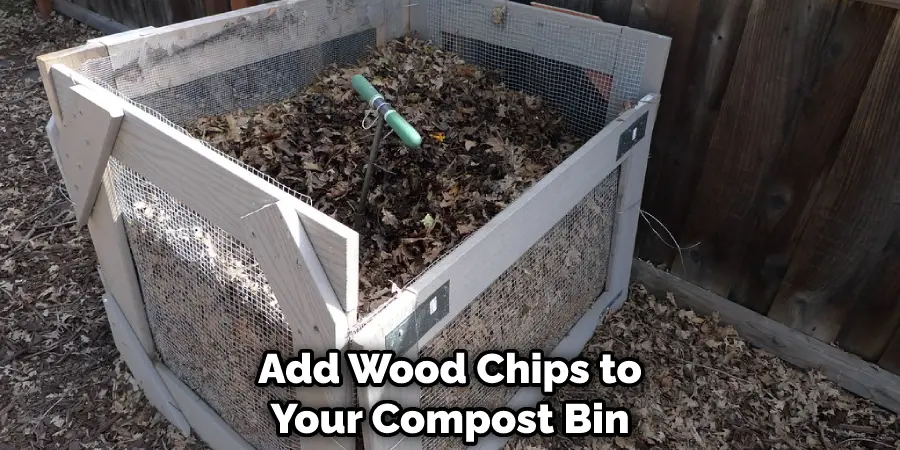
2. Do Not Add Too Much at Once
Another important tip is not to add too many wood chips at once. If you add too many, they will take a long time to break down. Start with a small amount and then gradually add more as the wood chips break down.
3. Add Other Materials Such As Leaves and Grass
In addition to adding wood chips to your compost bin, you should also add other materials such as leaves and grass. This will help the wood chips break down more quickly.
4. Chop or Shred the Wood Chips Before Adding Them
If you want the wood chips to break down more quickly, you should chop or shred them before adding them to the compost bin. This will help to expose more of the surface area of the wood chips to the composting process. You can use a garden chipper or shredder to do this or simply chop the wood chips with a sharp knife or an axe.
5. Moisten the Wood Chips Before Adding Them to the Compost Bin
If your wood chips are dry, it’s a good idea to moisten them before adding them to the compost bin. This will help speed up the composting process. To moisten the wood chips, simply sprinkle them with water until they’re damp. You don’t want them to be soggy, just damp.
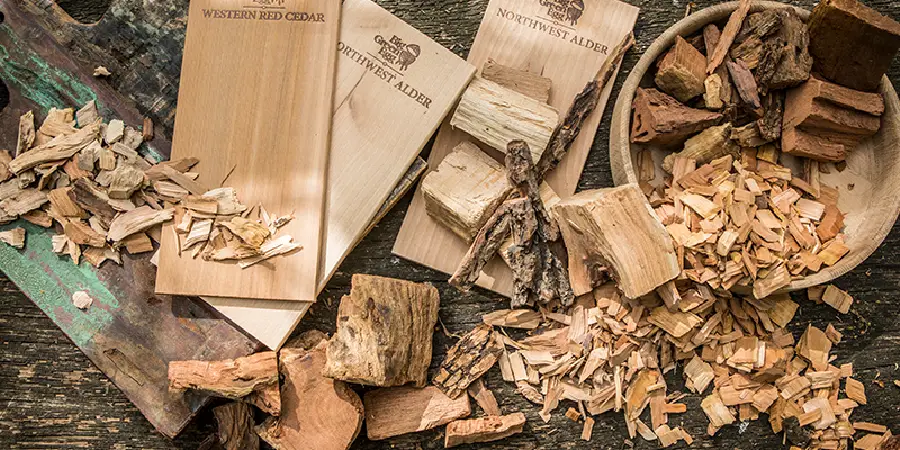
6. Turn the Compost Pile Regularly
Another important tip for composting wood chips is regularly turning the compost pile. This will help the wood chips break down more quickly. You should turn the compost pile at least once a week.
7. Monitor the Temperature of the Compost Pile
You should also monitor the temperature of the compost pile. The ideal temperature for composting is between 60 and 70 degrees Fahrenheit. If the temperature gets too high, it will kill the beneficial bacteria that are breaking down the wood chips.
8. Be Patient and Give the Wood Chips Time to Break Down
Finally, you need to be patient and give the wood chips time to break down. It can take several months for wood chips to break down completely. So don’t be discouraged if they’re not breaking down as quickly as you’d like. Just be patient, and they’ll eventually break down.
That’s it! You’ve now learned how to compost wood chips. Just remember to follow these tips, and you’ll be well on your way to successful composting.
5 Ways to Compost Wood Chips
Spring is the perfect time to start composting! Composting is a great way to reduce your carbon footprint and reduce reliance on synthetic fertilizers. Wood chips are an excellent addition to your compost pile, as they help to aerate the soil and provide plant nutrients. Here are five easy ways to compost wood chips:
- Make a simple compost bin using chicken wire or hardware cloth. Simply line the bin with wood chips, and add your kitchen scraps and yard waste on top. Aerate the pile regularly, and turn it over once every few weeks.
- Add wood chips to an existing compost bin or pile. If you already have a bin or pile, simply add a layer of wood chips on top of the existing material. This will help to aerate the pile and speed up the decomposition process.
- Use a tumbler compost bin. If you have a small backyard, or if you simply don’t want to hassle with turning a bin, a tumbler bin is a great option. Add wood chips to your tumbler along with kitchen scraps and other organic material, and turn it regularly to mix everything together.
- Try vermicomposting. This method uses worms to break down organic matter into nutrient-rich compost. Simply add wood chips, kitchen scraps, and worms to bins set up specifically for vermicomposting. The worms will do all the work for you!
- Build a Hugelkultur bed. Hugelkultur is a raised garden bed with wood logs and branches as its foundation. The wood breaks down over time, adding nutrients and improving drainage in the process. To build a Hugelkultur bed, simply roll logs and branches into place, cover them with soil, and plant your desired crops. As the wood decomposes, it will provide vital nutrients for your plants.
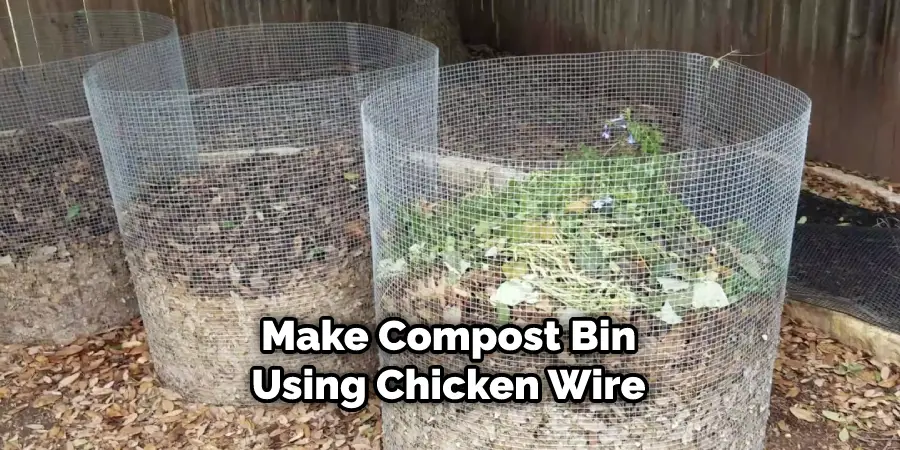
Composting is a great way to reduce your carbon footprint and reduce your reliance on synthetic fertilizers, but choosing the right materials for your compost pile is also important. Wood chips are an excellent addition to any compost setup, as they help improve drainage, aeration, and nutrient content. With these five easy methods, you can start composting wood chips today!
What to Do with All that Wood Chip Mulch?
Wood chip mulch is an excellent way to improve the health of your garden and avoid weeds. However, if you have too much mulch, it can be difficult to know what to do with it. One option is to spread it around your garden in a thin layer. This will help to protect your plants from the elements and prevent weed growth. You can also use wood chip mulch as composting material. By adding it to your compost pile, you will help to improve its drainage and aeration.
Additionally, wood chip mulch can be used as a top dressing for potted plants. Simply apply a thin layer of mulch to the top of the soil and water as usual. By taking advantage of all the benefits of wood chip mulch, you can keep your garden healthy and weed-free.
The Benefits of Composting Wood Chips
Wood chips are often seen as a nuisance, something to be removed from the yard and disposed of. However, wood chips can actually be a valuable resource for gardeners and landscapers. When used as mulch or compost, wood chips help to improve soil fertility, retain moisture, and suppress weed growth.
In addition, wood chips break down slowly over time, releasing valuable nutrients into the soil. As a result, they can be an excellent way to improve the health of your garden or landscaping. So rather than toss them in the trash, consider using wood chips to give your plants a boost.
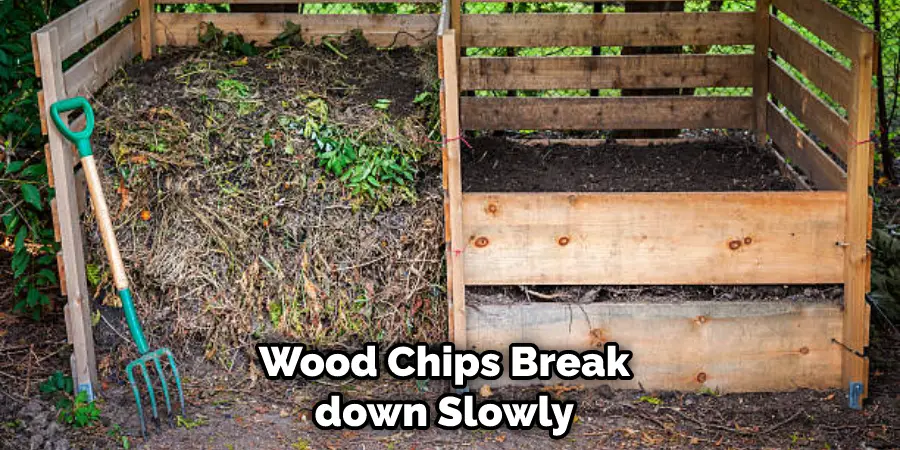
How to Make Mulch from Your Compost
Making your own mulch is a great way to reduce waste and save money. And if you already have a compost bin, then you’re halfway there! Here’s how to turn your compost into mulch:
The first step is to let your compost break down into a fine, crumbly texture. This can take several weeks or even months, depending on the size of your compost bin. Once it’s ready, simply spread the compost around your garden beds and Use a rake or hoe to work it into the soil.
Mulch helps to suppress weed growth, improve moisture retention, and protect plants from extreme temperatures. It’s also an excellent source of nutrients for your plants. So not only will making your own mulch save you money, but it will also benefit your plants!
Conclusion
Wood chips can be difficult to decompose and add an imbalance of carbon or nitrogen to a compost bin if not done correctly. If adding wood chips to a compost bin, ensure they are small enough to decompose quickly and that there is a good balance of other materials already present.
If in doubt, it is best to leave them out. Improperly composted wood chips can produce methane gas, which is a powerful greenhouse gas. Wood chips can be an excellent addition to a garden as mulch but should not be counted as a primary source of plant nutrients. Thanks for reading our post about how to compost wood chips.

